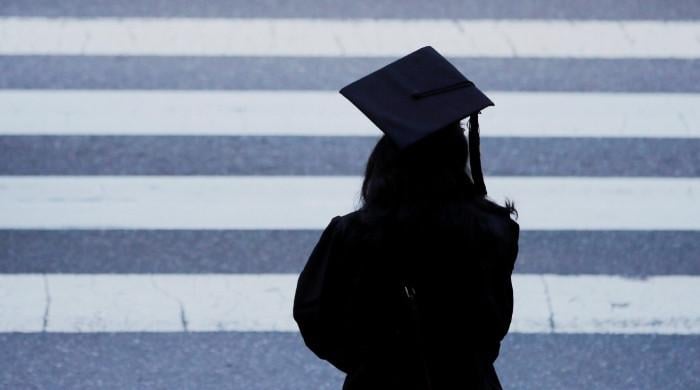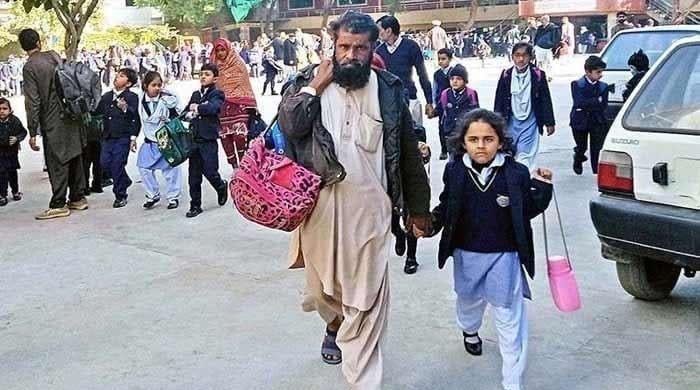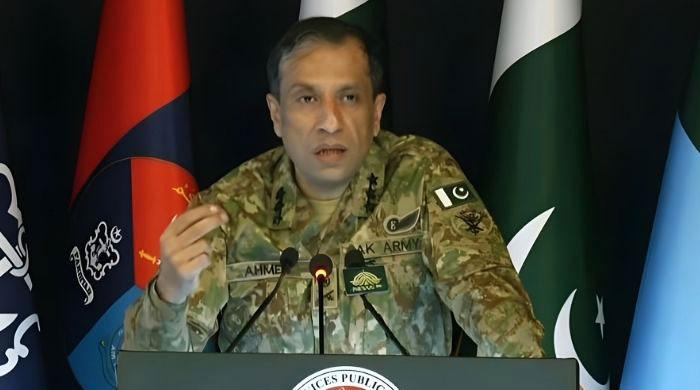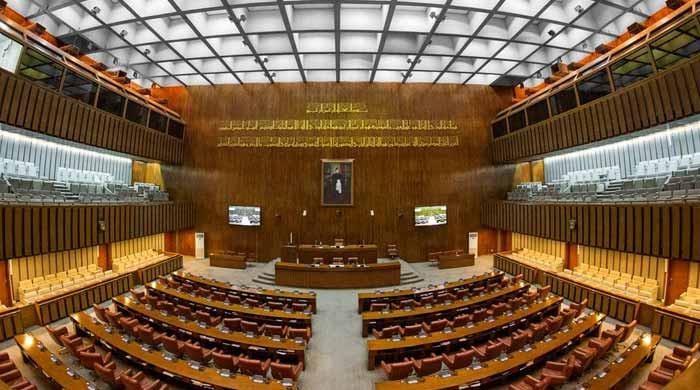Budget 2020-21 fails to deliver much-needed hope in the middle of a pandemic
It was important for Pakistan to look at other emerging market economies and how they created fiscal space in COVID-19 times
June 13, 2020

The very design of the federal budget each year provides an opportunity to rethink the prevalent economic model.
Finding such an opportunity in a series of crises — including COVID-19, locust attack, and a global economic meltdown — is even more important.
All will agree that revenue and budget estimates are simply being firmed up for next year in firefighting mode, and that we still do not actually know the timeline of the crises that we are confronted with. Still, it was important to look at other emerging market economies and how they have tried to create fiscal space in the time of COVID-19.
Some steps other economies have taken include reducing the size of the government, consolidating and merging public sector entities, freezing spending for loss-making government bodies and shutting down some units altogether.
They have furthermore negotiated deferment of both principal debt repayments and interest payments for a substantial period.
These economies evaluated that grants and subsidies which they were providing to the citizens and rationalized them or made them targeted so that these only reach the poorest of the poor.
There is no justification to retain hidden or cross-subsidies in a coronavirus budget. Likewise, there was no justification to allow tax exemptions and preferential treatment for large-scale business entities.
The fiscal year 2020-21 budget shows an increase in interest payments, defense, and even civil government expenses at the cost of the public sector development programme.
A large public sector in turn throws up higher expenditures towards entitlements and pensions of a bloated public administration. Despite a reduction in development spending, the country is still left with a budget deficit of almost Rs3 trillion, to be financed through record high bank borrowing.
This reliance on banks to lend to the government is bound to give way to ‘crowding-out’, where little credit will be left for the private sector to borrow. Already commercial banks are reluctant to take risks on small businesses.
To add to this, I see three major slippages during the next quarter.
First, it will be near impossible for the FBR to collect Rs4.96 trillion in taxes at a time when the country is in a low growth milieu. Second, reduction in federal subsidies by 40% seems unrealistic at a time when the prime minister himself has stated that we will continue to mitigate the burden of utility costs (particularly electricity and gas) and other overheads faced by businesses. Likewise, it seems unrealistic that food subsidies will decline by 54% (as envisaged in the budget) at a time when further rounds of COVID-19 and locusts attack are expected to bring food price shocks.
Finally, it seems unrealistic to rely on provincial governments to deliver surpluses in their budgets at a time when their own capacity to fund the social sector, particularly health expenses, is overly stretched.
In view of the above mentioned my own assessment is that the budget estimates will be revised around the second quarter of FY21.
- Ahmed is an economist and former civil servant. He tweets @vaqarahmed









